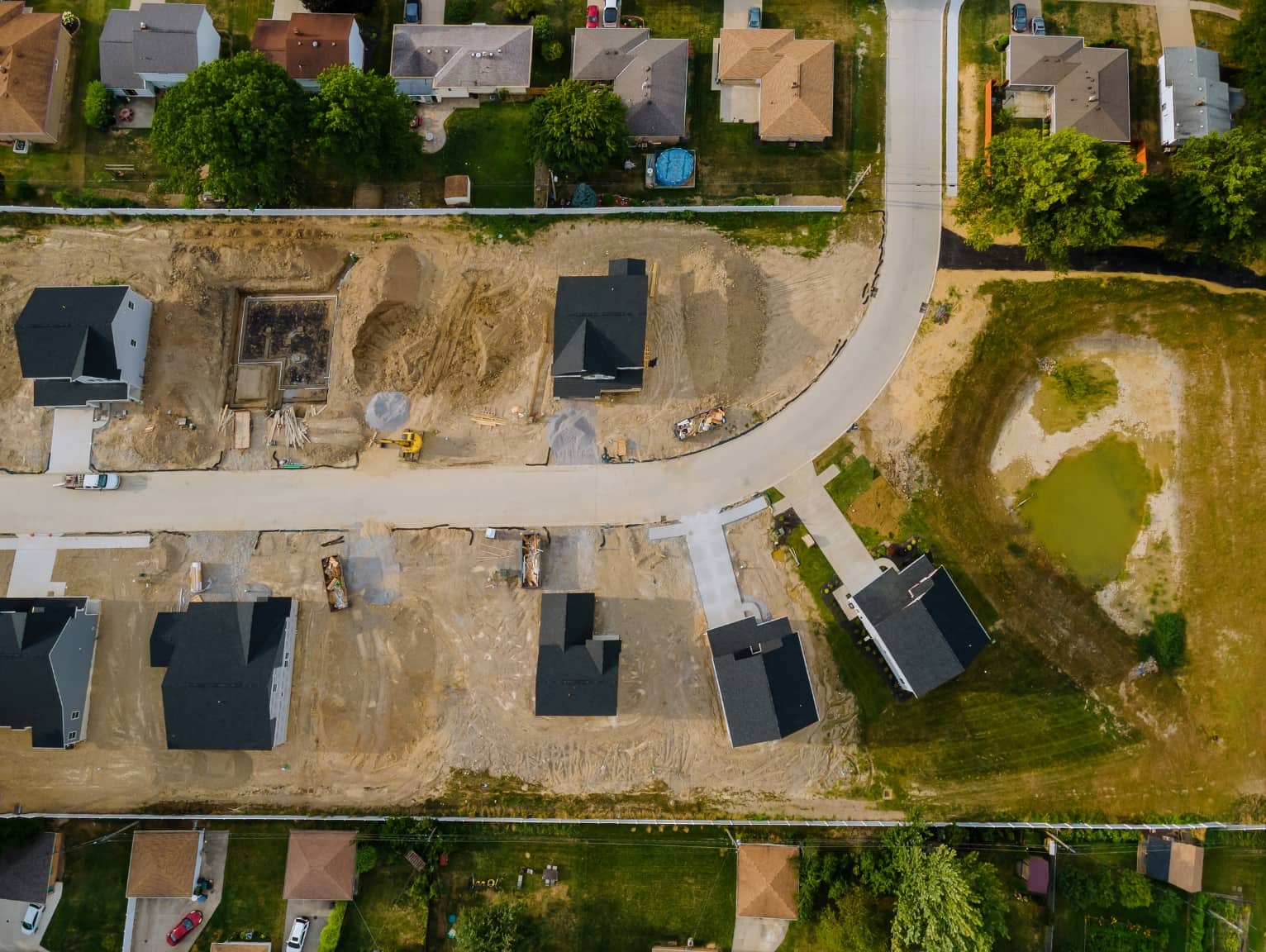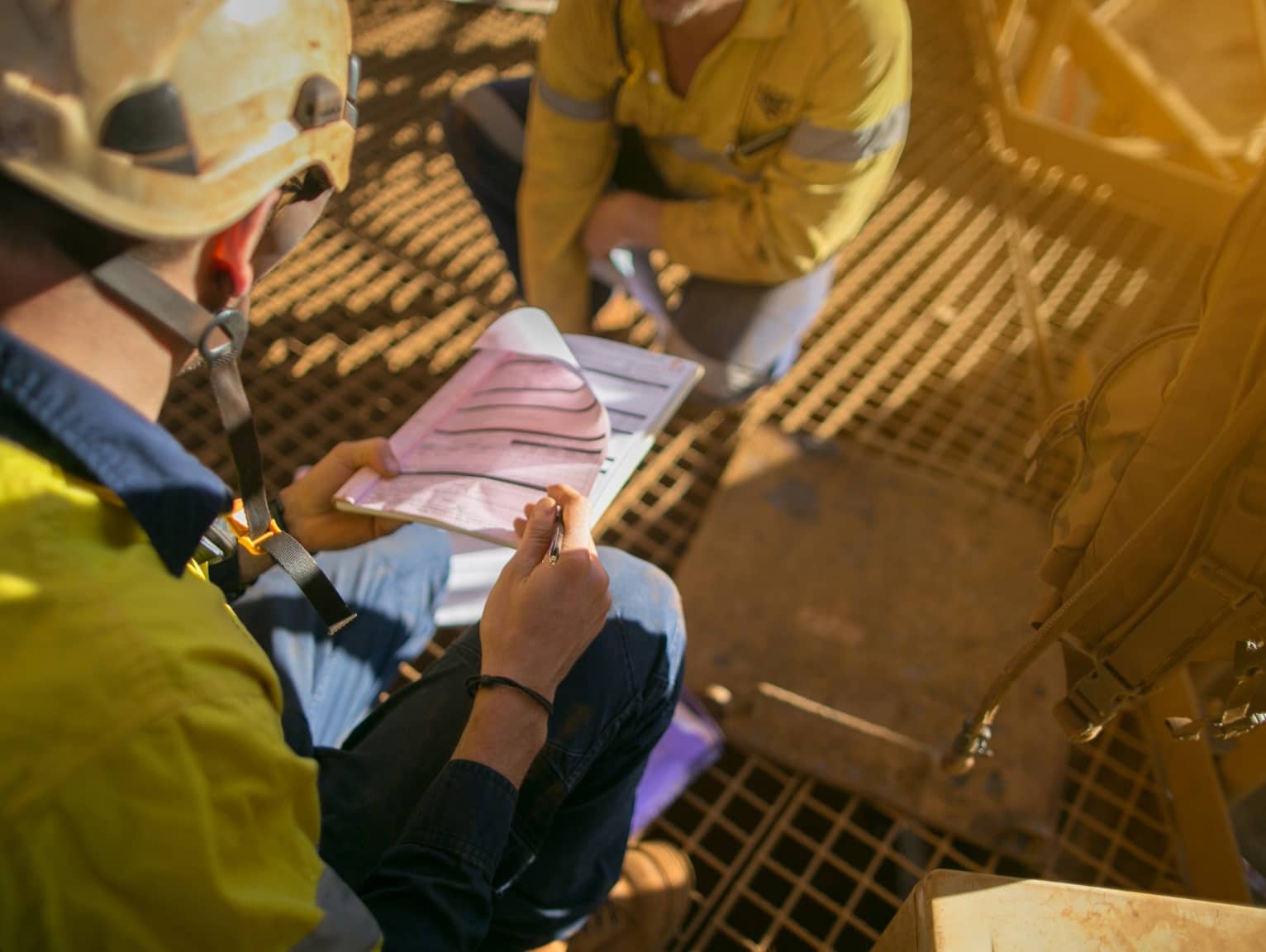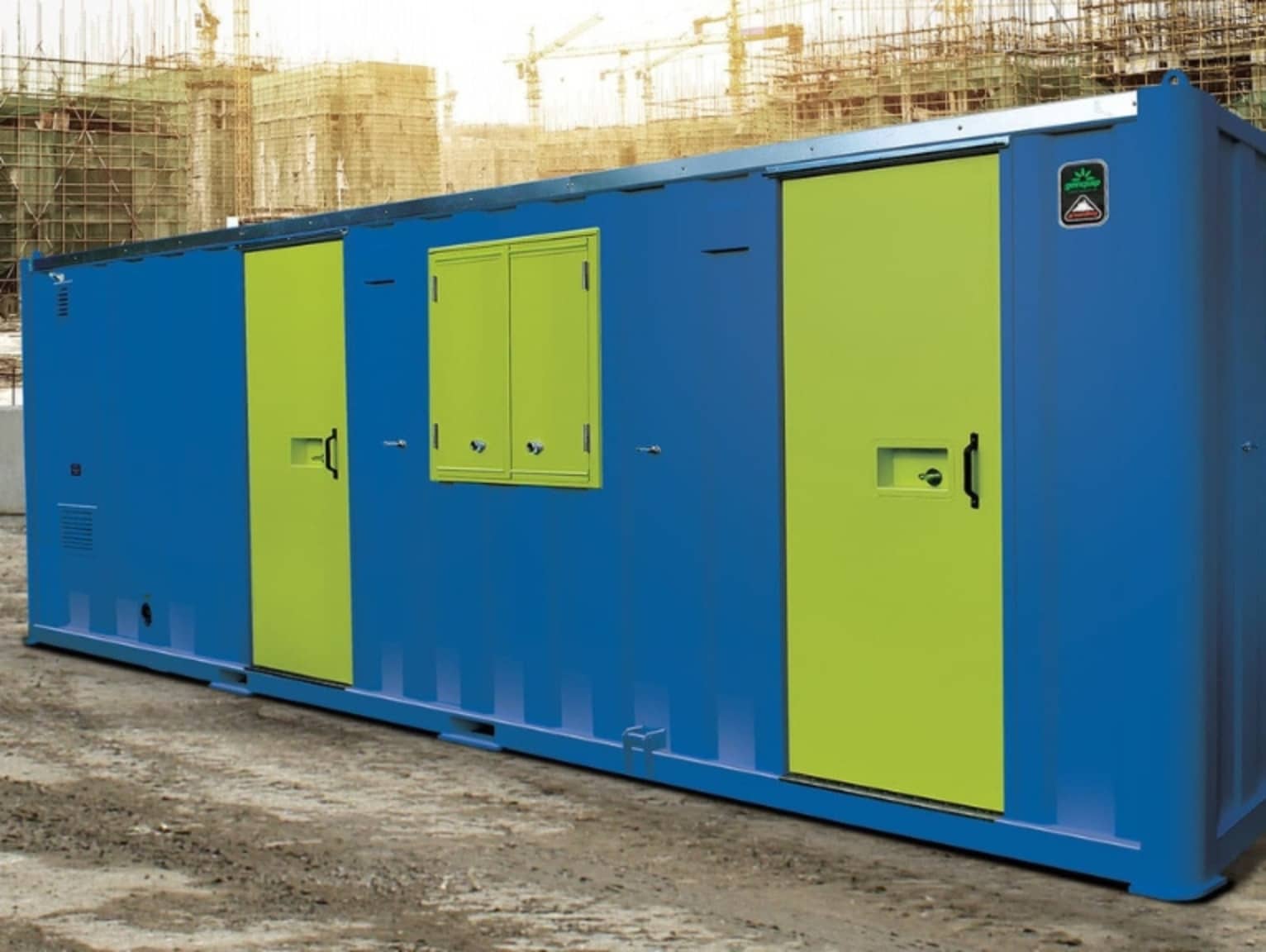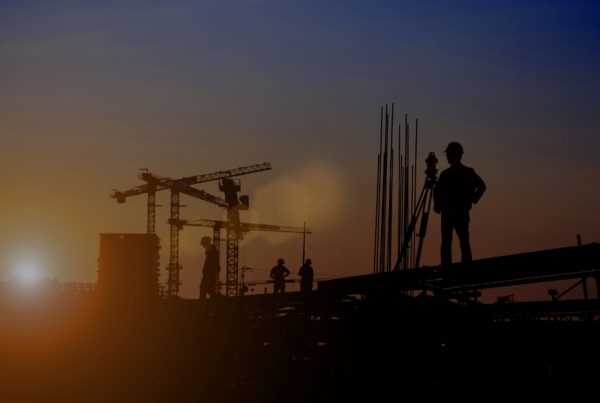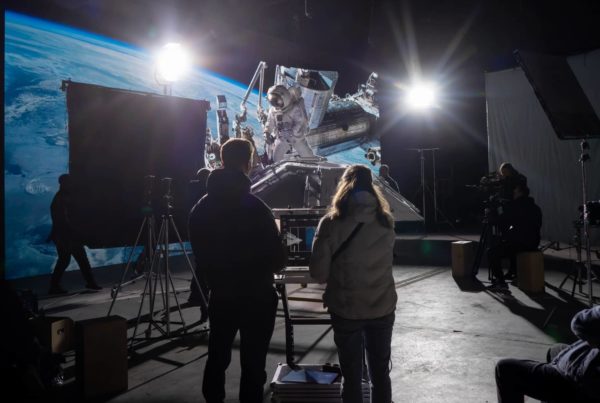For the last year or so, housebuilding has been at the centre of the construction sector’s growth. After a few slow years, things are shifting in the right direction again. According to recent figures, private housebuilding is set to be one of the biggest drivers of growth in construction throughout the second half of 2025 and beyond. That’s good news for anyone in the industry. It also means sites will be getting busier, and your project timelines might be tighter.
The Faster You Set Up, The Faster You Start
Every day lost at the start of a build is time you’re not getting back. When you’re dealing with multiple sites or overlapping timelines, that snowballs pretty rapidly. Welfare unit hire takes one big job off your list. You’ve got everything in place before the boots hit the ground; toilets, canteen space, drying rooms, even office space if you need it.
You don’t have to waste time sorting separate bits from different suppliers. It’s all done in one go. On big housebuilding projects, where there’s sometimes pressure from property developers to stick to the programme, a solid site setup keeps things on track.
Keeping Your Site Compliant
Nobody gets that excited about HSE paperwork, but staying compliant matters. You’ve got to provide proper facilities for workers from day one. That includes toilets, washing areas, somewhere to eat, somewhere to get warm, and space to change or dry clothes. Doesn’t matter if it’s a small patch of land or a full housing estate; it’s your responsibility.
With welfare unit hire, you can tick all of those boxes without getting bogged down. Portable welfare units are built to meet regulations straight out of the gate. That’s one less thing for you to worry about. It’s also one more reason the inspector won’t be bothering you.
Smarter Site Management
Good site management hinges on the little things that stop jobs from grinding to a halt, like having a kettle that works, or a toilet that doesn’t freeze in winter. A decent welfare setup keeps teams working harder for longer. It cuts down on off-site trips for food or toilets and means less lost time during the day. You’re also creating a better work environment, so you’re less likely to get complaints and will probably see better morale and lower staff turnover.
The Right Size For Your Site
Some housebuilding sites are out in the sticks with no mains connection, and some are packed into tight urban spaces with limited access. It doesn’t really matter where you’re working; a welfare unit can be scaled to fit.
You can choose from smaller, towable units with all the essentials, right through to full-size static blocks with multiple cubicles, offices and drying rooms. All of this means you’re not paying for facilities you don’t need. You can pick and choose the exact units that make sense for your layout, staff numbers, and project duration.
Fuel-Saving and Eco-Friendly Options
More property developers are putting pressure on themselves to meet sustainability targets. Whether it’s part of planning approval or internal ESG policies, you’re going to need to show you’ve made an effort. Welfare units can help here, too.
There are solar hybrid units available that reduce fuel consumption, cut emissions, and lower running costs. That’s a big plus for your reputation, especially when tendering for larger developments or local authority jobs.
Future-Proofing the Build Pipeline
It’s not overly optimistic to say that this housebuilding boom isn’t a one-off. The industry’s looking at steady growth off the back of demand from private buyers, government targets, and an ongoing push for new housing stock across the UK. That means firms that can scale up quickly and deliver fast will be the ones who stay ahead.
Getting your site management strategy right now sets you up to handle more projects down the line. And welfare is part of that.
It’s worth thinking about early on.
Welfare’s one of those things that sometimes gets left till the last minute. But it shouldn’t. If you’ve already got your dates in the diary, you should be lining up your units now. Demand is rising, especially with more private housing schemes coming out of planning. Leaving it late means fewer options, longer lead times, and higher prices. Getting sorted early gives you more choice, better kit, and less stress.
Want to Get Set Up Fast with Welfare Unit Hire?
We’ve been supporting the construction sector for 50 years here at Philspace, supplying high-quality portable units across the South. If you’re working on a housebuilding site and want to cut down on setup times, improve site management and stay compliant, we can help. Browse our welfare unit hire options covering everything from small mobile units to fully kitted-out blocks, all delivered and supported by a team that knows the job inside out. Or, feel free to get in touch if you’ve got a question about your site setup.
FAQs
What’s included in a standard welfare unit?
Most units come with a toilet, washbasin, drying area, canteen space, seating, and heating. Some include extra features like office space or storage.
Can welfare units be used without mains connections?
Yes, many mobile and static units come with generators or solar power options so they can run off-grid.
How long does delivery and setup take?
Delivery is usually quick, and most units can be operational within a day of arrival, depending on access and ground conditions.
Are there legal requirements for site welfare?
Yes, HSE regulations require sites to provide adequate welfare from the start of a project. This includes toilets, washing, and rest facilities.
What size unit do I need for my site?
That depends on how many people are on-site and what space is available. If you get in touch we can advise you on what might be the best option.

